太阳能室内采暖系统设计与应用毕业论文
2020-04-17 16:29:34
摘 要
近年来,为持续深化落实我国节能减排的一系列政策,许多清洁和可再生能源日益普及。太阳能凭借取用方便、技术成熟的优点,广泛应用于建筑物的室内采暖。我国南京年日照小时数可达2000h左右因此太阳能光照充足,太阳能资源较为丰富。为缓解南京地区宿舍冬季用电采暖容易超负荷的弊端,对南京地区太阳能采暖技术进行研究,以期设计一套完备的太阳能室内采暖系统在学生宿舍进行推行。
为满足冬天宿舍室内供热采暖的要求,本文提出了适合南京地区学生宿舍的太阳能室内采暖系统,主要设计内容如下:
1.查阅南京市的气象资料和地理位置,了解南京所处的经纬度和气候特征,包括太阳能辐射强度,年光照小时数以及采暖期的室外均温,从而确保能够在冬季利用太阳能进行室内供热。
2.本课题在研究初步阶段先实地考察了南京地区的学生宿舍,了解学生宿舍的基本构造,获取直观、详实的第一手材料,为太阳能室内采暖系统的具体设计打好基础。
3.针对南京夏热冬冷、气候温和的特征,基于传统的设计理念本文完成了一套太阳能热水系统并且期望利用该系统能够较好实现冬季宿舍供暖,末端散热设备根据工程实际决定采用低温地板辐射。依据冬季宿舍的室内热负荷,设计合理的集热系统,包括集热器的选型、集热器的排布方式、水箱设计、集热系统泵选型。根据国家建筑工程设计标准和学生宿舍基本构造,对末端散热设备进行设计,包含管道排布设计和水力计算。
4. 从经济和环境效益方面对所设计的太阳能室内采暖系统进行工程评估。
相比于传统的燃油、燃气或用电采暖,本设计的优点如下:
1.选取太阳能进行室内采暖,充分利用学生宿舍楼的构造布置太阳能集热器,冬季太阳能保证率可达35%。
2.选取低温地板辐射作为末端散热设备可以大大降低太阳能集热器加热的水温。由于其换热面就是整个室内地面,所以可具有更高的传热量,同时能够实现均匀散热,增强室内舒适度。
3.该设计除了良好的经济效益外还能够产生突出的环境效益,年节能量可达122642.338MJ,与利用常规电采暖相比,年总节能费用近8万元,在寿命期内可减排209.78吨二氧化碳。
不论是技术、经济,还是节能和环保方面,本文的计算结果验证了在南京地区学生宿舍进行太阳能室内采暖的可行性,也为缓解冬季用电超负荷提供了切实可行的解决方案。
关键词:太阳能室内采暖 太阳能热水系统 低温地板辐射散热系统 工程效益评估
Design and application of solar indoor heating system
Abstract
In recent years, many clean and renewable energy sources have become increasingly popular in order to continuously deepen the implementation of a series of policies on energy conservation and emission reduction in China. Solar energy is widely used in indoor heating of buildings because of its convenient access and mature technology. In order to alleviate the disadvantages of overloading of electric heating in winter, the solar heating technology in Nanjing area was studied in order to design a complete solar indoor heating system for student dormitory.
In order to meet the requirements of indoor heating in winter, this paper proposes a solar energy indoor heating system suitable for students' dormitory in Nanjing area. Here are the main design contents:
1. Check the meteorological data and geographical location of Nanjing to understand the longitude, latitude and climate characteristics of Nanjing, including the solar radiation intensity and the average outdoor temperature during the heating period of annual hours of light, so as to ensure the feasibility of indoor solar heating.
2. In the initial stage of the research, this project firstly investigated the student dormitory in Nanjing area, understood the basic structure of the student dormitory, and obtained intuitive and detailed first-hand information, laying a good foundation for the later design of the solar indoor heating system.
3. Based on the solar energy resources and climatic conditions of Nanjing, a solar hot water system was designed for indoor heating, Low temperature floor radiation shall be adopted for terminal cooling equipment according to engineering practice. According to the winter heat load of the dormitory, we design a reasonable heat collection system, containing the choose of collector, the arrangement of collector, the design of water tank and the selection of heat collecting system pump. According to the national construction engineering design standards and the basic structure of the student dormitory, the terminal cooling equipment is designed, including the piping layout design and hydraulic calculation.
4. Make an engineering evaluation of the designed solar indoor heating system from the aspects of economic and environmental benefits, including annual energy saving, annual total cost of energy saving and carbon dioxide emission reduction within its service life.
Compared to conventional fuel, gas or electricity heating, we have these superior advantages:
1. Select solar energy for indoor heating, make full use of the structure of student dormitory to arrange solar energy collector, solar energy guarantee rate can reach 35% in winter.
2. Use low-temperature floor radiation as the end cooling system. This heat dissipation system takes the whole ground as the heat dissipation surface, can have the higher heat transfer, simultaneously may realize the even heat dissipation which can improve the indoor living comfort.
3. In addition to good economic benefits, the design can also produce outstanding environmental benefits, with the save of the annual energy reach 122,642.338 MJ. Compared to the conventional electric heating, it can save the cost of energy nearly 80,000 yuan during a year, which can reduce 209.78 tons of carbon dioxide in the life.
From different aspects, this paper prove the rationality of solar indoor heating in the student dormitory in Nanjing area, and also provide a feasible solution to alleviate winter electricity overload.
Key Words: Solar indoor heating;Solar hot water system;Low temperature floor radiation cooling system;Engineering benefit assessment
目 录
摘 要 I
Abstract III
第一章 绪 论 1
1.1研究背景及意义 1
1.2太阳能室内采暖系统的组成、分类及设计 1
1.2.1太阳能采暖系统的组成 1
1.2.2太阳能采暖系统的分类 2
1.2.3太阳能采暖系统的设计 2
1.3太阳能室内采暖——太阳能热水系统国内外研究现状 7
1.4总结 8
第二章 南京地区地理特点及气候特征 9
2.1地理位置及气候概况 9
2.2南京地区太阳资源 9
第三章 太阳能采暖系统的技术设计 11
3.1供热采暖系统选型 11
3.2工程概况及建筑设计 12
3.3太阳能集热系统设计 13
3.3.1采暖热负荷计算 13
3.3.2热水系统的设计计算 14
3.3.3太阳能集热系统的安装 15
3.3.4储热水箱的选取 18
3.3.5集热循环管路水利计算 18
第四章 末端散热设备设计与计算 22
4.1辐射面传热量计算 22
4.2水系统设计 24
4.3管道水力计算 25
第五章 工程效益评估 28
5.1 太阳能供热采暖系统的年节能量 28
5.2 太阳能供热采暖系统寿命期内的年总节能费用 28
5.3 供热采暖系统的二氧化碳减排量 29
结论与展望 30
参考文献 32
致 谢 35
第一章 绪 论
1.1研究背景及意义
如今,人们的生活品质也逐渐得以改善。同时,环境问题日益严重,能源利用也愈发紧张。在传统能源储量逐步减小和环境污染愈发严重的严峻格局下,作为清洁能源代表的太阳能,逐步受到人们的重视并不断得到开发利用[1]。太阳能的总量巨大、取用方便,优越性远远高于传统的常规能源。我国每年平均接收太阳照射小时数高于2000h,其中新疆和甘肃等地区可达在3000h以上,日均辐射量大于4kW/m2[2]。太阳能凭借方便和总量巨大的特点,已经逐步在目前能源消费结构占有重要的地位,甚至还将成为未来社会的基础能源。利用太阳能进行室内供热采暖除了良好的环境效益外,还可以产生显著的经济效益,因而基于太阳能的室内供热采暖技术现在受到人们广泛的支持和关注。
太阳能热水系统需要最少的运营维护成本[3]。利用太阳能集热器可以生产40~80L/m2的热水,可供2~3人使用。如果供暖房间的采暖热负荷相同,太阳能热水器一年可比传统电热水器节省约2000MJ的能量,约是700元电费[4]。目前我国科技水平的稳步提升,太阳能热水系统作为一种新型节能环保工程也相对趋于完善。然而,据调查研究发现,火炉采暖仍然是我国“三北”地区的主要采暖形式,但是该采暖措施的效率只有20%左右;同时分散锅炉房仍是大中城市的主要采暖方式,所占比重达84%[5]。这种低效率、耗煤多的采暖形式,使得城市污染问题越来越严峻。所以,将太阳能热水系统广泛应用于现代住宅建筑从而实现室内采暖,不仅可以缓解常规化石燃料面临枯竭的潜在危险,甚至还可以在一定程度上缓解传统采暖方式产生的环境问题,具有重要的实际意义。
1.2太阳能室内采暖系统的组成、分类及设计
1.2.1太阳能采暖系统的组成
以上是毕业论文大纲或资料介绍,该课题完整毕业论文、开题报告、任务书、程序设计、图纸设计等资料请添加微信获取,微信号:bysjorg。
相关图片展示:
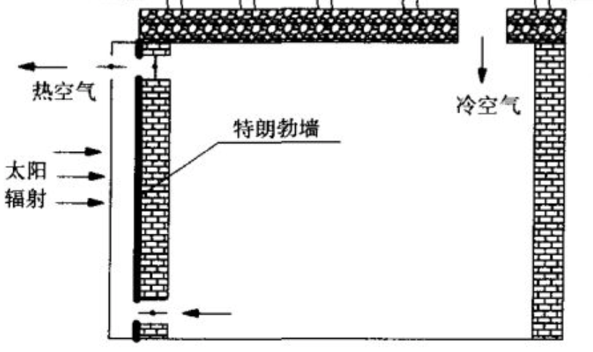
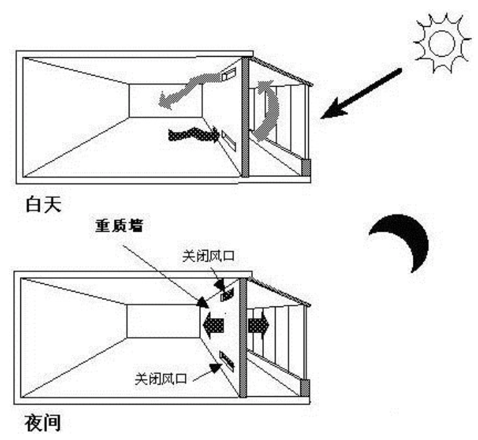
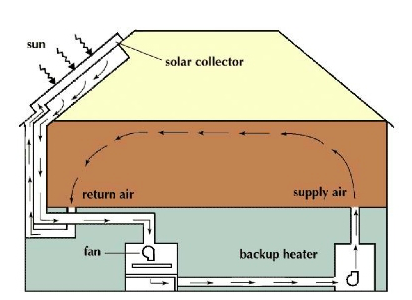
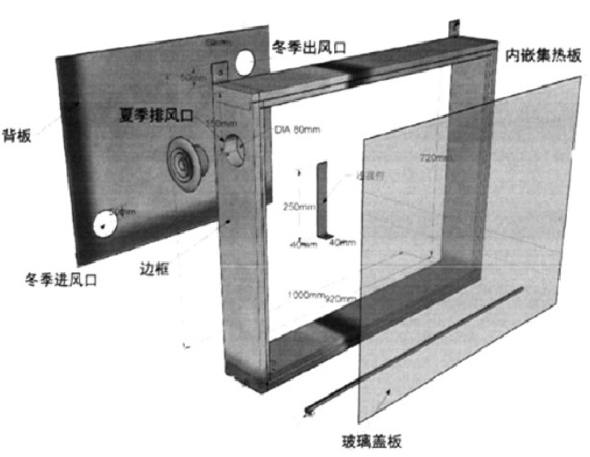
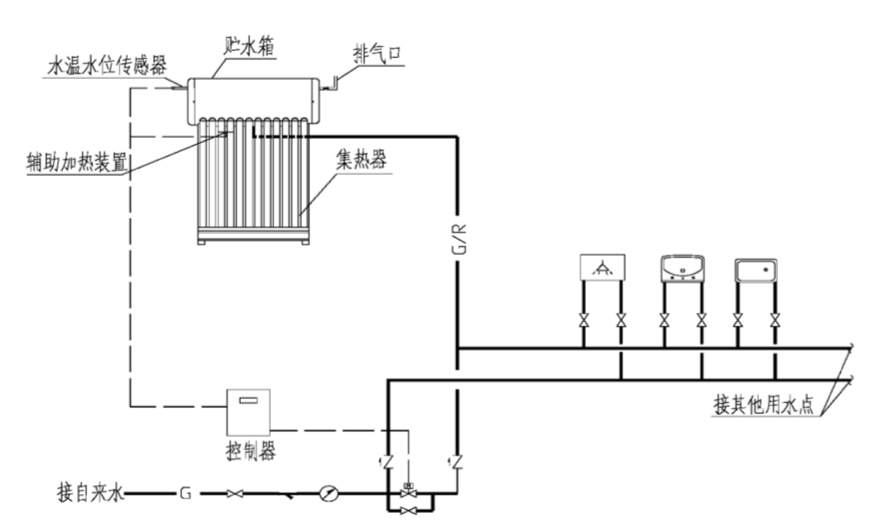

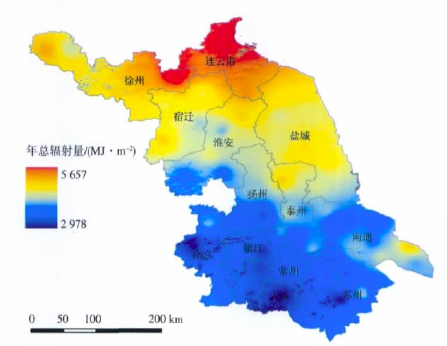
课题毕业论文、开题报告、任务书、外文翻译、程序设计、图纸设计等资料可联系客服协助查找。



